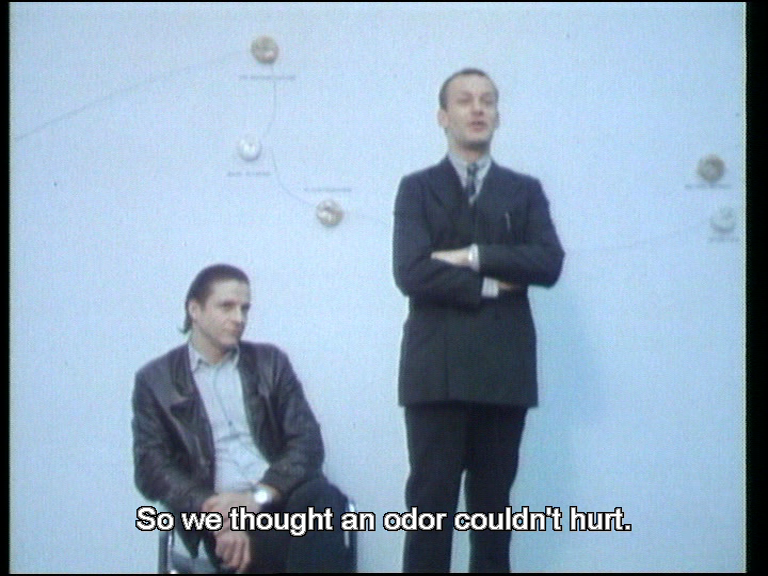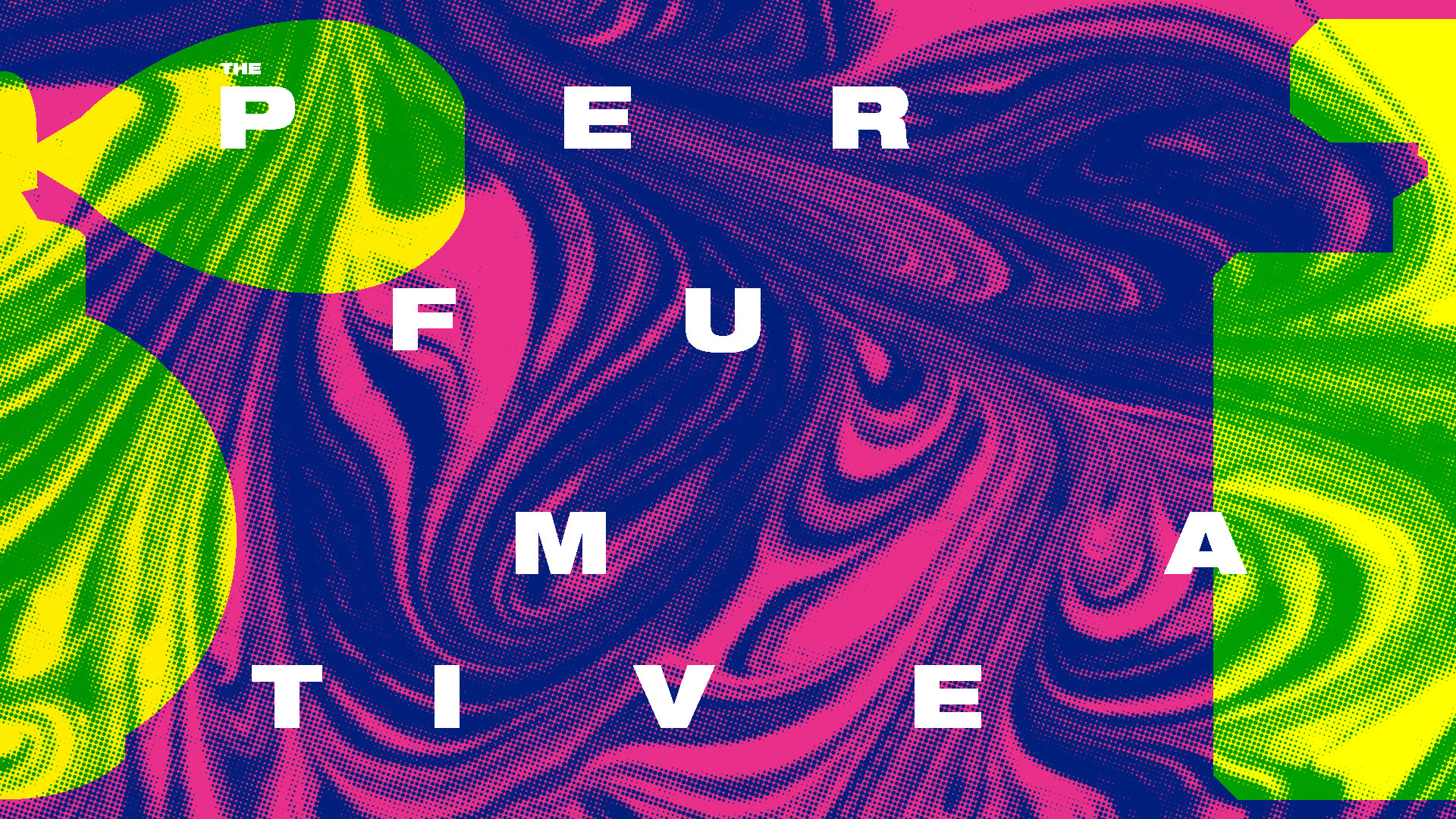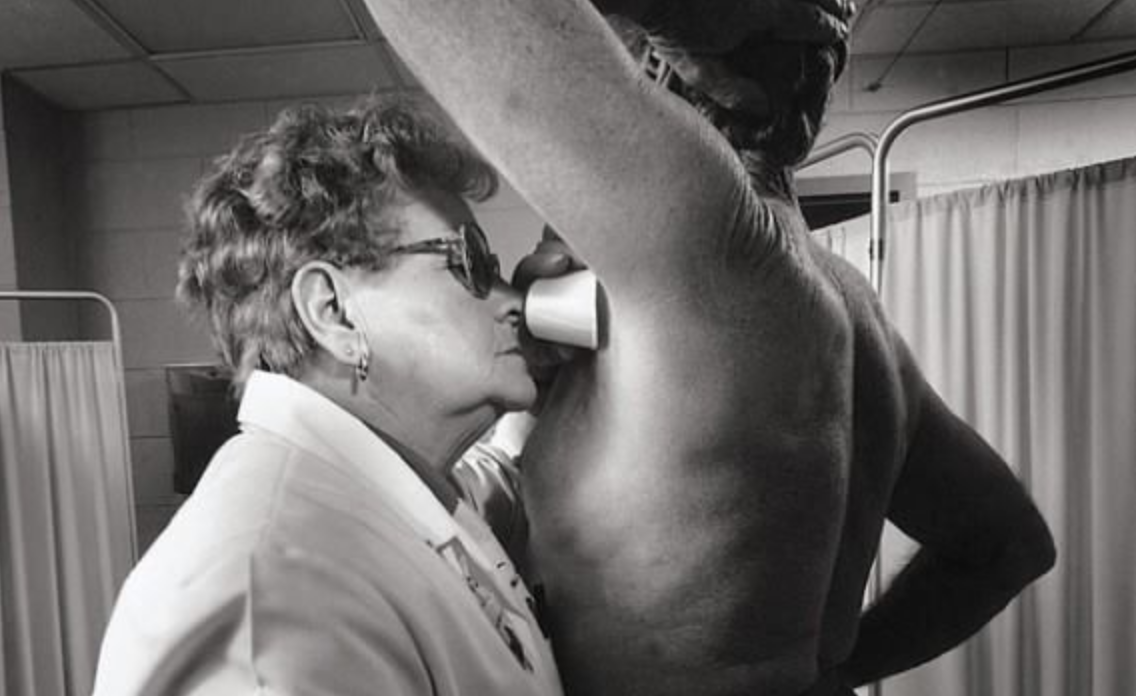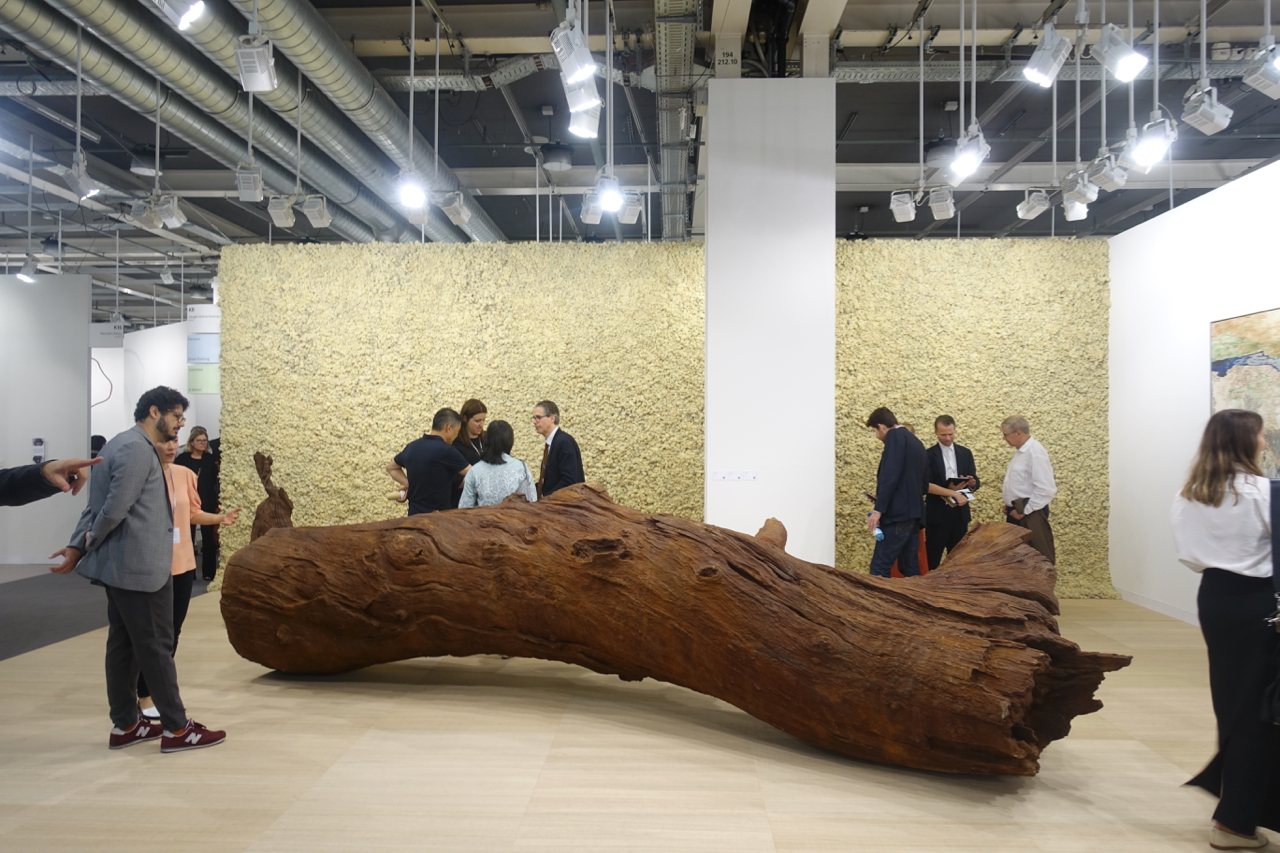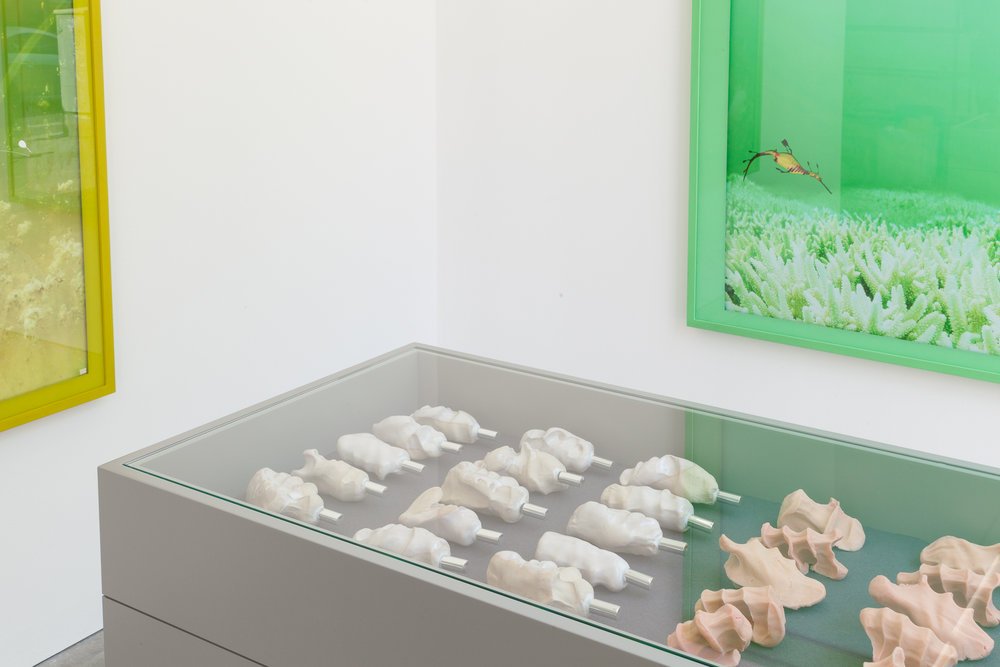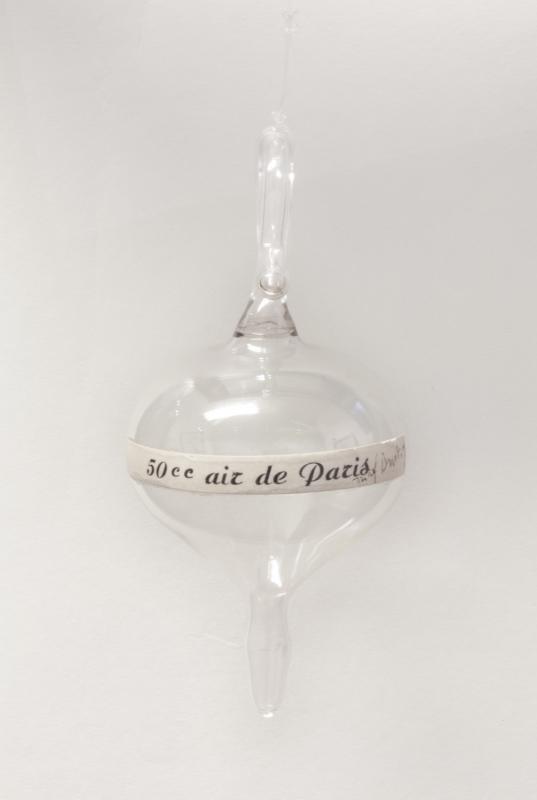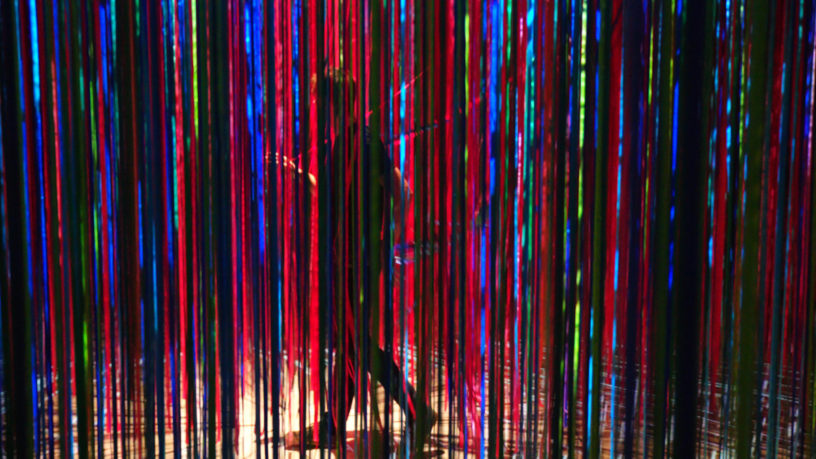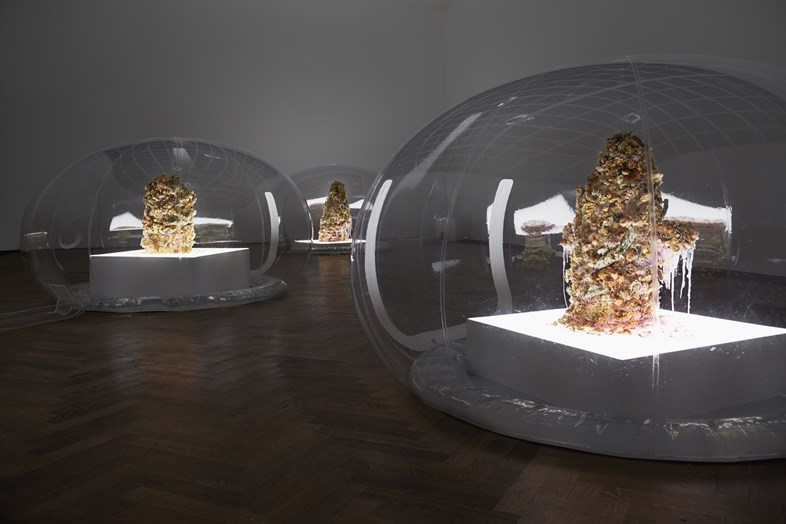“So we thought an odor couldn’t hurt” – MARTIN KIPPENBERGER
Tag Archives: smell in art
Re-awakening the Magic
“The Perfumative. Perfume in Art and Design” was the title of an international conference at Zurich University of the Arts (8-10 November 2018). The conference seeked to open up a dialogue between perfumers, researchers, designers, and artists. Continue reading Re-awakening the Magic
Art Now! Lecture at Columbia College Chicago
Portraiture is known as a visual art genre. Yet, working with body odors has given rise to artistic works that explore new sensory territories. A lecture with Claus Noppeney at Columbia College in Chicago discussed this development: Can a smell represent a person? How is an olfactory portrait experienced in an art space? How relevant is the process? … Continue reading Art Now! Lecture at Columbia College Chicago
ArtBasel 2018: Wake up and smell the…
Art Basel offers a premier platform for renowned artists and galleries. The 49th edition brings together about 290 galleries from 35 countries and opened earlier this week. In fact, “art is now absolutely a consumer product, and that’s the huge difference. It’s a whole different world”, as Paula Cooper recently noted in the New York Times.  Paula Cooper, 80, whose gallery, opened in New York in 1968 has been pivotal in shaping the art world as we know it today. Yet, Art Basel is more than just a fair in the commercial sense of the word. Surprisingly, an attentive visitor can also encounter art in a multi-sensory way and make a few observations on the state of the sense of smell in contemporary art.
Irritating sensation at Art Basel
A pungent smell surrounds the booth of the well known Berlin based gallery Neugerriemenschneider. It emanates from Olafur Eliasson’s Moss Wall (1994). And please note: As iterated on the artist’s website the residual scent is an intentional component of the work. Thus, it is not an accidental aspect. The Icelandic-Danish artist was 27 years old and just starting to gain recognition in the international art world when working on the 3.5× 10m sized wall. What one sees and smells is Cladonia rangiferina, which is also called reindeer moss, a lichen native to the northern regions. The lichen is woven into a wire mesh and mounted on the wall of the booth as Eliasson points out on his website. Thus, the work brings a natural phenomena into the highly constructed space of an exhibition, where the visitor might notice how nature might be a construction as well. As the lichen dries, it shrinks and fades. However, when the installation is watered, the lichen expands and emits a pungent odor. The gallerist actually told me about spraying water on the lichen.
Moss Wall as major early work
This major work from Eliasson’s early career has previously been shown at the Museum of Modern Art in New York, SFMOMA in San Francisco, and the Moderna Museet in Stockholm, among other institutions. In 2017, the wall was also part of a group show at GalerÃa Elvira González in Madrid entitled “Sense of Smell”.
The hallways at Art Basel are crowded and packed even during the private days. Since an art fair epitomizes the principles of our attention economy, numerous artworks are in severe competition for the limited attention of the visitors. Thus, it is a special situation for presenting a piece that works with the subtle sense of smell. Yet, I have seen collectors that notice the sharp or irritating sensation of the smelly wall. But the situation differs significantly from the sensory and even meditative experience of a presentation in a museum:
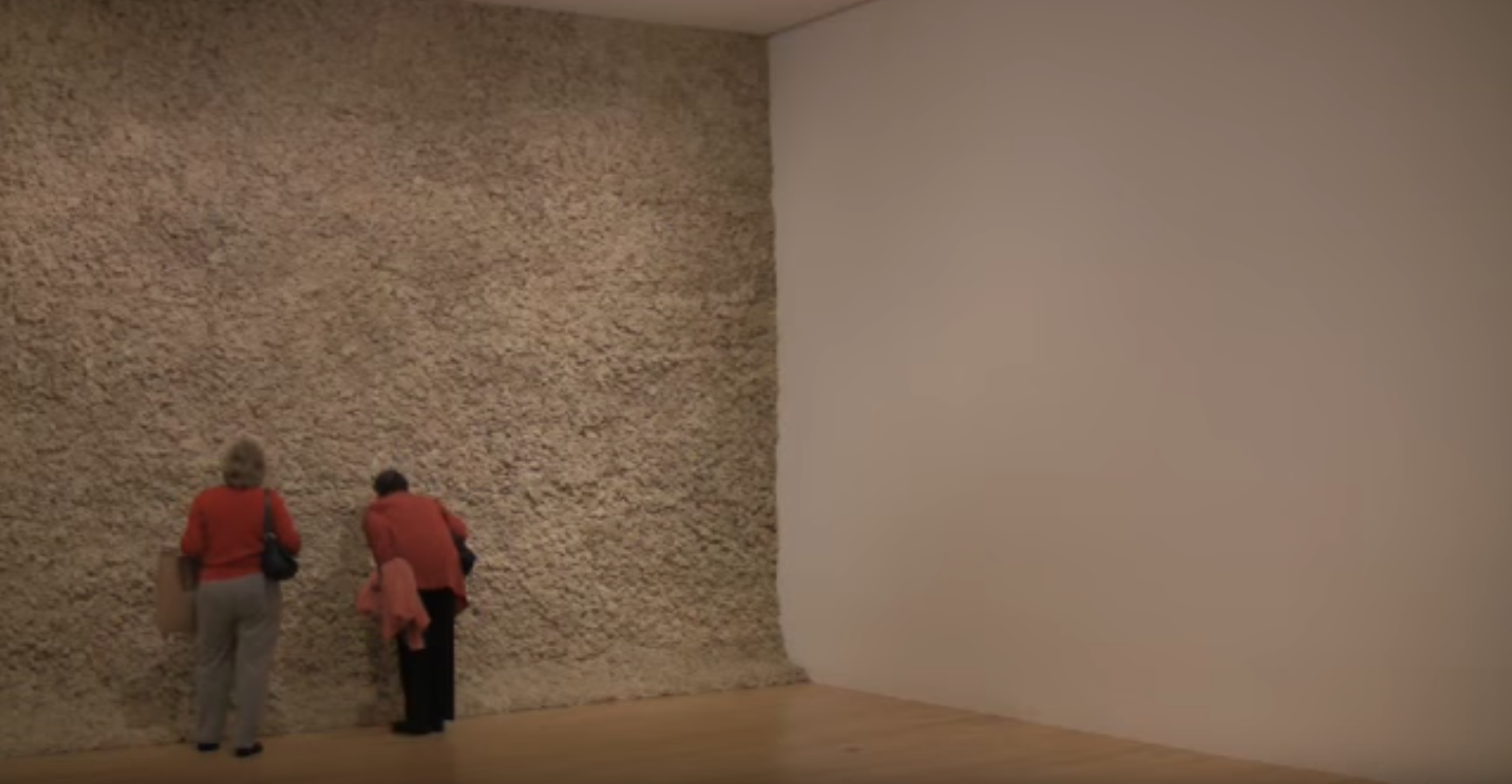
This film published by the Leeum Museum, Seoul captures the sensual experience of the wall:
However, in the specific context of a fair the smell becomes a minor issue. Even people who spend some time at the booth hardly engage with the work in a multi-sensory way as the video from the museum exhibition demonstrates.
Commercial context sanitizes works of art
The commercial context seems to sanitize a work of art that actively involves the sense of smell. Talking to the gallerist I got the impression that for him the sensory qualities of the work are of minor importance. Yet, it is pretty clear that the smell is conceptually a key element for showing “constructed nature”.
Smell & attention economy
Let’s come back to the attention economy. The pungent moss smell does certainly not evoke the pleasant ambience of a luxury retail setting. Yet, the moss smell might be an important factor in the attention economy. The booth subtly attracts attention across different sensory modalities. Thus, it might not be a surprise that the online platform Artsy, some call it the “Pandora for art,†lists the the booth among the 15 Best Booths at Art Basel and discuses the Moss Wall as one of two works that stand out:
Wake up and smell the art!
Stay updated and enter your email address to follow us!
[blog_subscription_form title=”” title_following=”You are already subscribed” subscribe_text=”” subscribe_logged_in=”Click to subscribe to this site” subscribe_button=”Click me!” show_subscribers_total=true]
We have actually shared observations from Art Basel before. If you missed this, please have a look.
Collector at Art Basel: “You have buried the smell of the oilstick…”
In today’s art world the sensorium is focused on the visual. A closer look however reveals that the sense of smell should no longer be neglected. Here is an ethnographic story from hanging out with art collectors at a recent edition of Art Basel that might be more telling and revealing than any systematic survey.
Continue reading Collector at Art Basel: “You have buried the smell of the oilstick…”
Gallery exhibition at Berlin: Perfume in art & fashion
Michael Müller, best known as a sculptor, shows in his recent exhibition at the Berlin based gallery Thomas Schulte a series of small sculptures taking the form of perfumes, soaps etc. The perfume contains a drop of the artist’s sweat as Michael Müller remarks in an interview: Continue reading Gallery exhibition at Berlin: Perfume in art & fashion
Scent as a medium in contemporary art
Artist and writer Catherine Haley Epstein, provides an overview on the role of scent in contemporary art on Temporary Art Review. What is interesting is the broader storyline:
Virtual reality, digital lives & the interest in smell
A feature on some recent developments with respect to scent culture appeared in The Guardian on 16 September 2016: “technology addiction makes us crave smells”. Continue reading Virtual reality, digital lives & the interest in smell
“There is a pleasure in the ‘Pathless Woods’â€
The new Monda Gallery of Contemporary Art at the Ringling Museum of Art in Sarasota, Florida opened on November 4 with a site-specific installation by American artist Anne Patterson, featuring a scent by Beau Rhee. Continue reading “There is a pleasure in the ‘Pathless Woods’â€
Major international art prize for Anicka Yi working with smell
The conceptual artist Anicka Yi, who makes sculptures out of smell, has won the Hugo Boss Art Prize 2016. The magazine Dazed entitles: “Fragrance artist Anicka Yi wins major art prize”.
Continue reading Major international art prize for Anicka Yi working with smell
